7 exercises to increase running speed, according to a former sprint champion
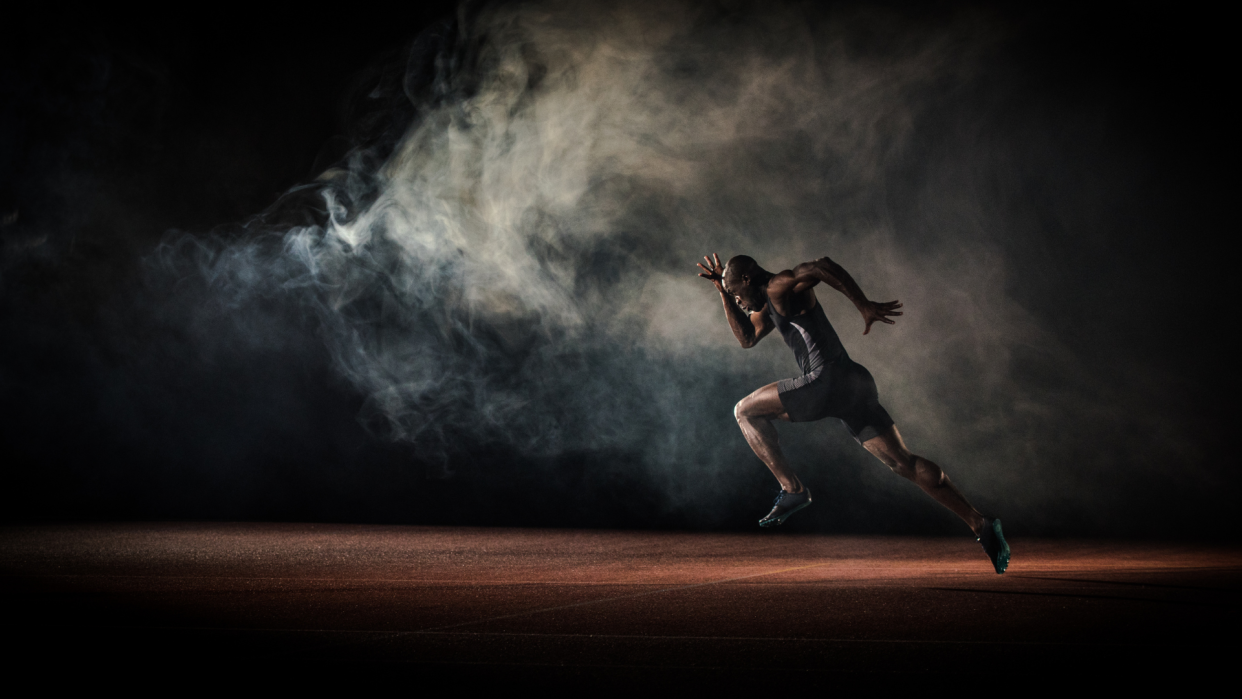
We all know when it comes to running, nothing brings more enjoyment than hitting a new PB; whether you’re shedding off a simple second, or a few, it can transform a good run into a great run. But as well as interval training, sprints and light running shoes, there’s something else that runners need to incorporate to increase their speed, and that’s strength training.
To some that may sound counterproductive, with many people assuming that runners aren’t supposed to lift weights, but it’s quite the opposite. In fact, a 2017 study found that adding strength training to a group of dualathletes programme saw improvements in both their cycling and running. The group that didn’t do any strength training saw no improvements.
Mica Moore, a former bobsledder for Team GB and 60m sprint champion for Wales (who still holds the 4 x100 metre Relay National Record), also agrees on the importance of strength training in relation to speed. In a video with MiraFit she's shared the best exercises to help you become more powerful, explosive and faster. If you’re not already doing the seven below, then now’s the time too…
Bulgarian split squat

You may shudder seeing these as the first exercise, but Bulgarian split squats are excellent for targeting your quads, hammies and glutes, all the key muscles you need to help you sprint fast. “It’s so important to work unilaterally, because when you’re sprinting everything is a single leg at a time,” Mica explains in the video. Use two dumbbells to challenge your muscles further, or just use your bodyweight.
Single leg glute bridge

Mica says this is one of the most important exercises, because everything you do when you’re running fast is coming from your glutes and hamstrings, and the glute bridge targets them. Again, by working unilaterally (performing it with a single leg), you’ll create equal strength and reduce any imbalances.
Sled push
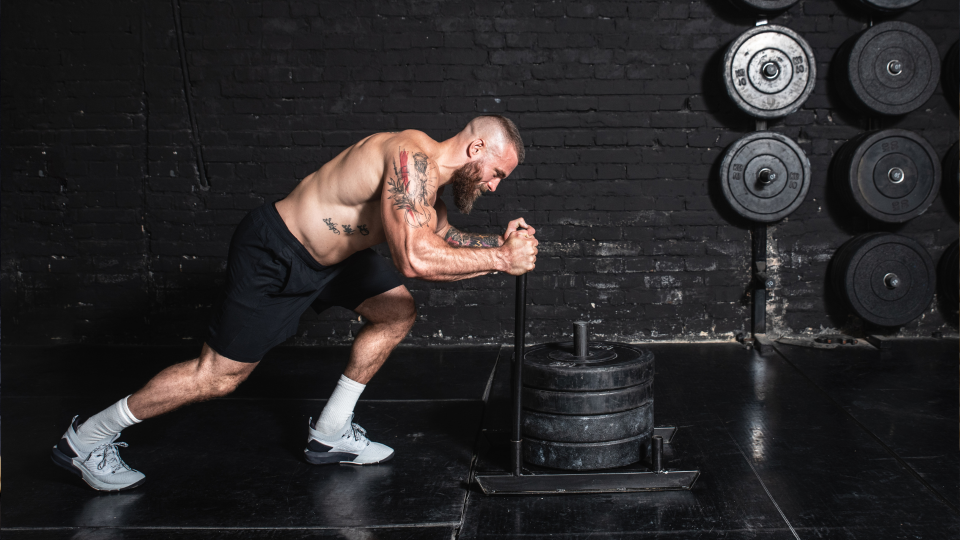
All the muscles you use for running are engaged in sled push, including your legs, glutes, core, back, shoulders and chest. You feel pretty powerful when doing the movement and it’s great for building explosive power. “When you’re doing this movement, make sure you’re behind the sled at a nice low angle, the foot is coming back down under the centre of mass and you’re driving through the weight of the sled,” says Mica.
Single leg Romanian deadlifts
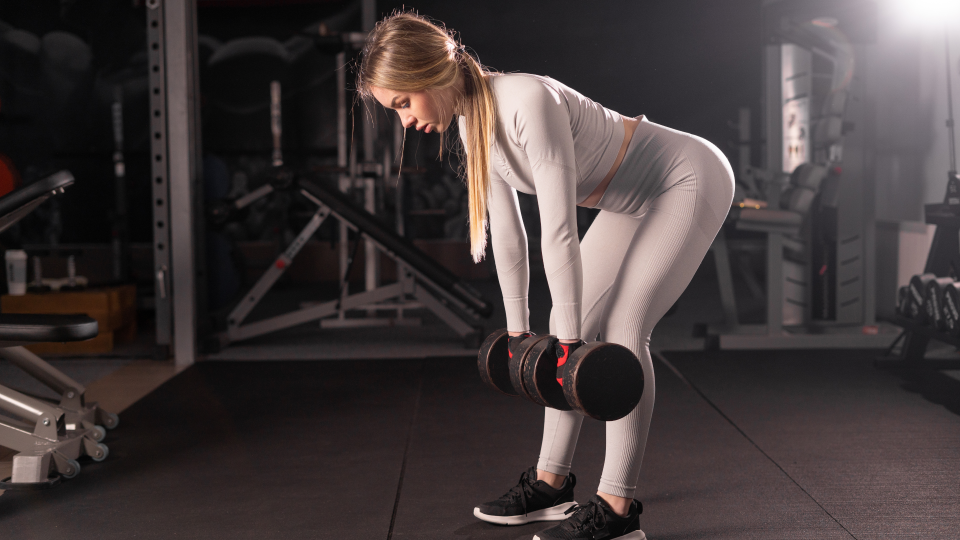
Studies have revealed the importance of strong hamstrings for sprint acceleration and Mica agrees. “We’re lengthening the hamstrings, we’re putting them through that range of motion that they’re going to be put through at force when we’re sprinting,” she explains. Dumbbells, two kettlebells or even a barbell will work well for these.
Step ups
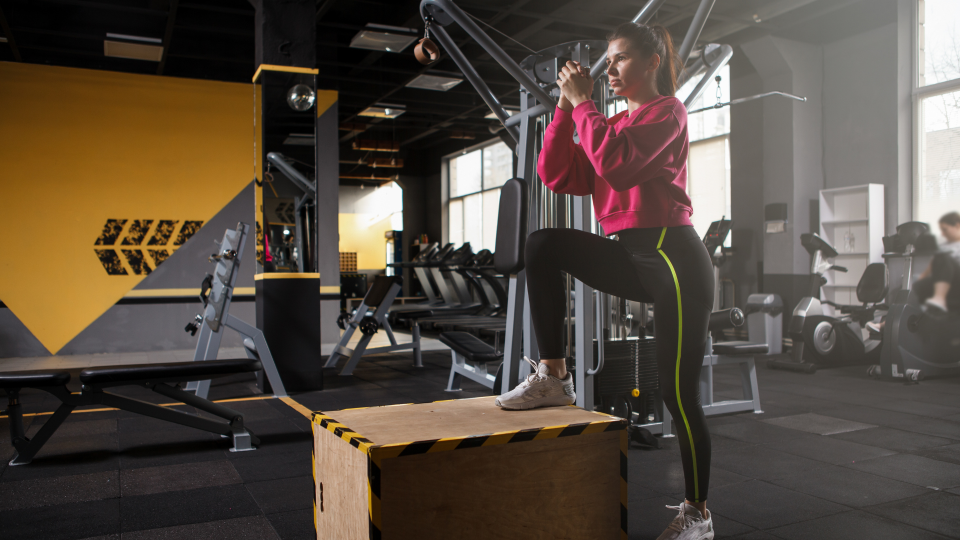
Step ups are an excellent lower body exercise and there are two ways Mica says you can do these: with a high box and low weight, or a lower box and heavy weights. You could do this on a plyo box, a weight bench or, if you’re at home, something sturdy, like a coffee table or even a low chair. Mica says the most important thing is driving your knee up and moving it back down, just as you would when running.
Trap bar deadlift
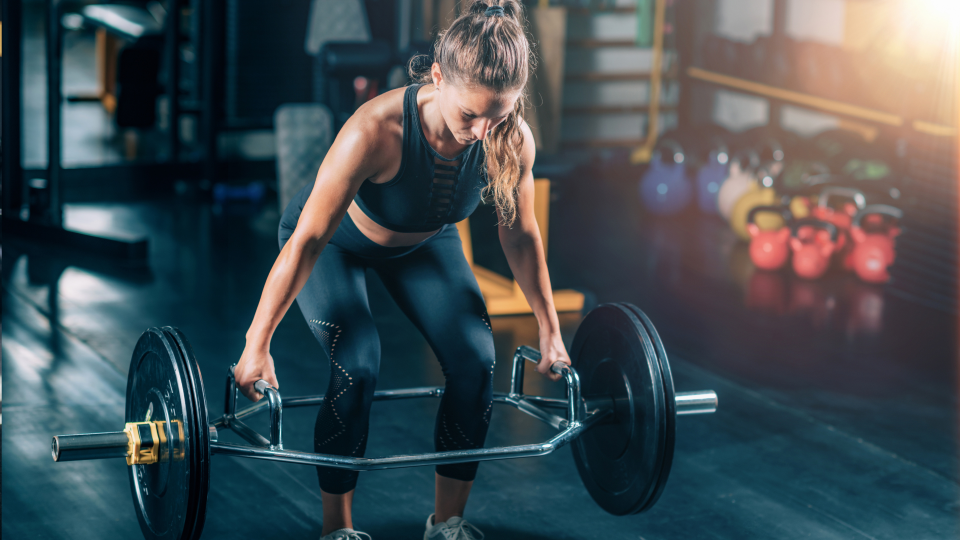
Also known as a ‘hex bar deadlift’, this exercise will hit your hamstrings, glutes, quads and core, and it’s great for speed and power. It also takes more emphasis off your lower back than the conventional deadlift and places more on the quads instead.
Hip thrusts
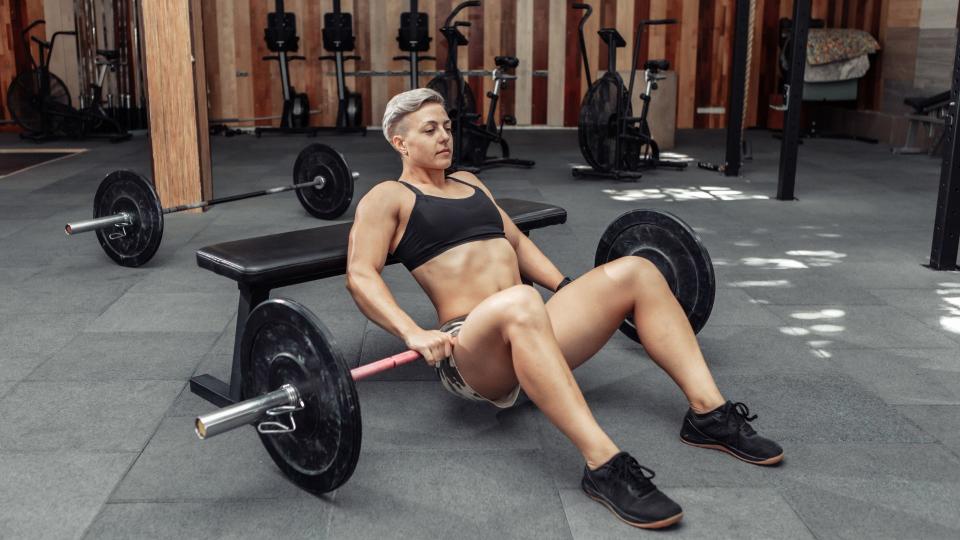
“The double leg hip thrust is a really nice exercise for increasing speed because you’re driving the hips through and getting into those positions for speed,” says Mica. A seven week study even found hip thrusts led to greater improvements in sprint performance, especially at the start of the sprint, than doing seven weeks of squats. If you’re therefore not doing them, you better add them in, quick!